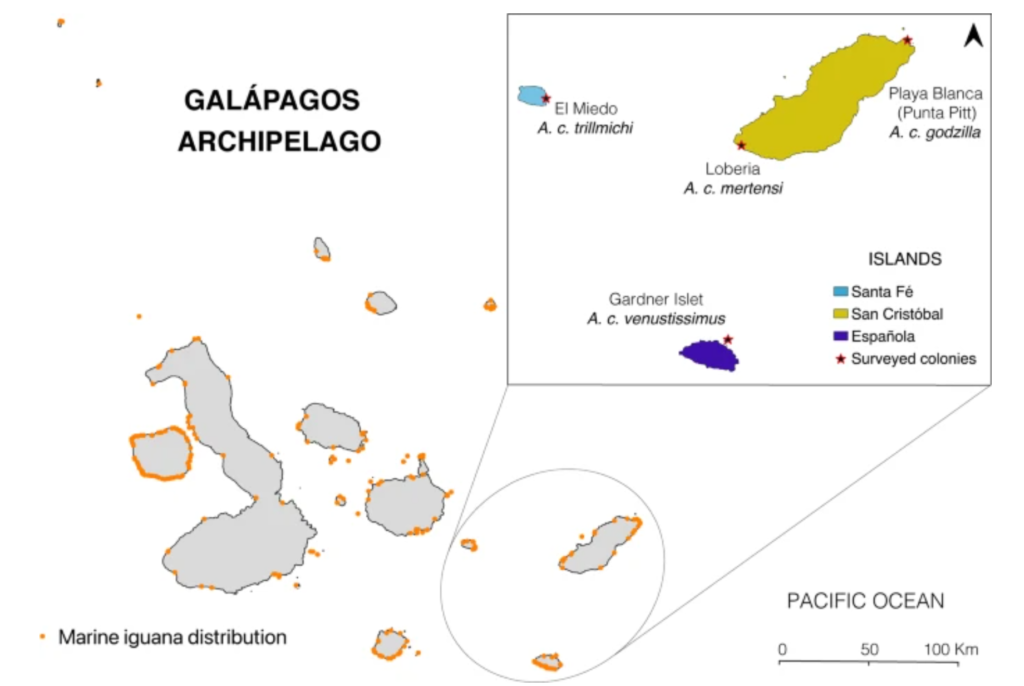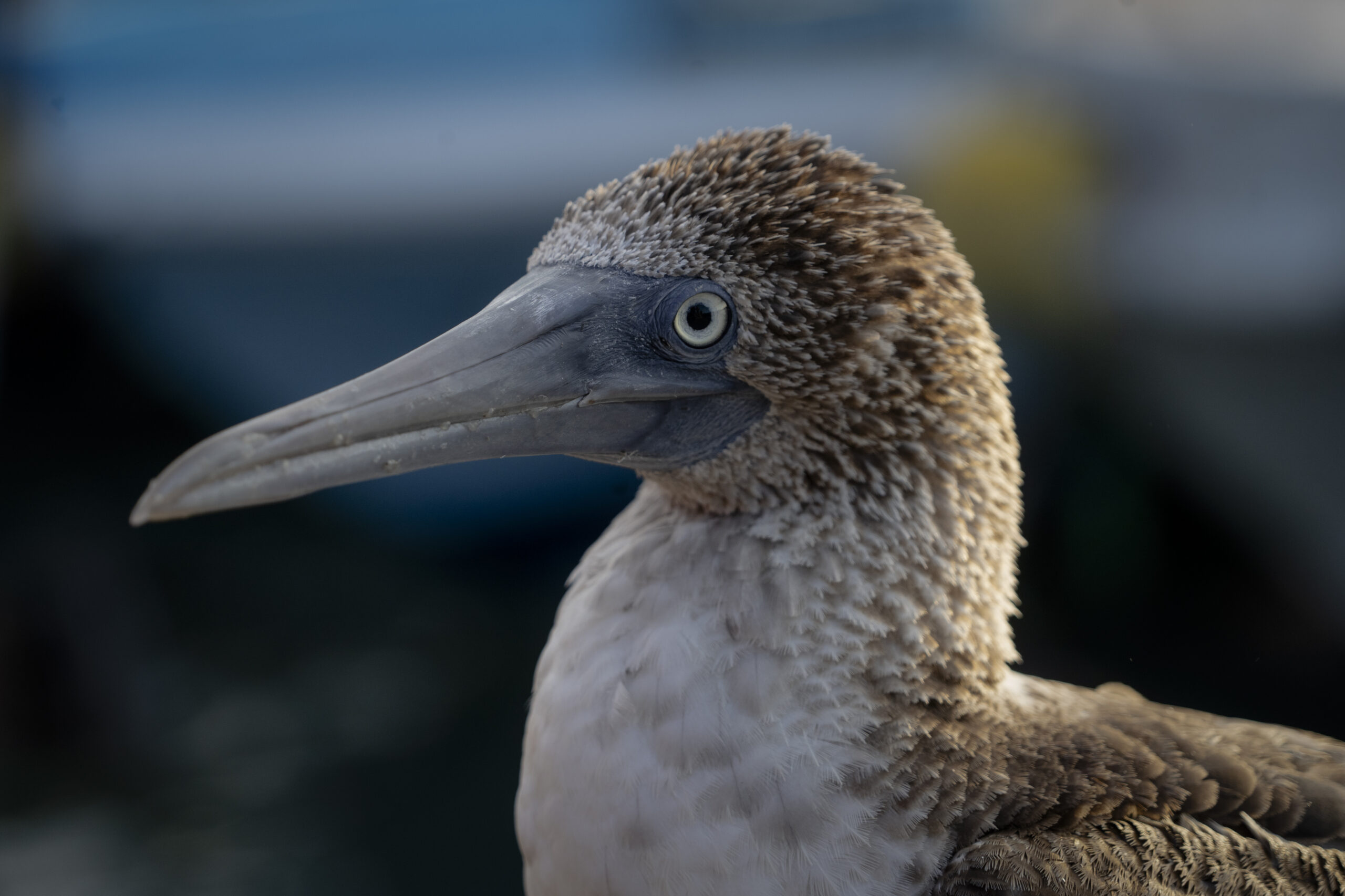Abstract
Background
Large-scale species monitoring remains a significant conservation challenge. Given the ongoing biodiversity crisis, the need for reliable and efficient methods has never been greater. Drone-based techniques have much to offer in this regard: they allow access to otherwise unreachable areas and enable the rapid collection of non-invasive field data. Herein, we describe the development of a drone-based method for the estimation of population size in Galápagos marine iguanas, Amblyrhynchus cristatus. As a large-bodied lizard that occurs in open coastal terrain, this endemic species is an ideal candidate for drone surveys. Almost all Amblyrhynchus subspecies are Endangered or Critically Endangered according to the IUCN yet since several colonies are inaccessible by foot, ground- based methods are unable to address the critical need for better census data. In order to establish a drone-based approach to estimate population size of marine iguanas, we surveyed in January 2021 four colonies on three focal islands (San Cristobal, Santa Fe and Espanola) using three techniques: simple counts (the standard method currently used by conservation managers), capture mark-resight (CMR), and drone-based counts. The surveys were performed within a 4-day window under similar ambient conditions. We then compared the approaches in terms of feasibility, outcome and effort.
Read the article in the link: https://frontiersinzoology.biomedcentral.com/articles/10.1186/s12983-022-00478-5






